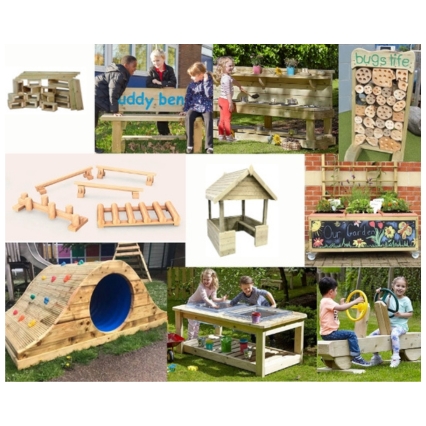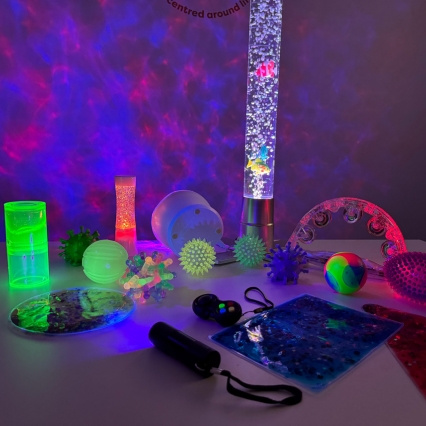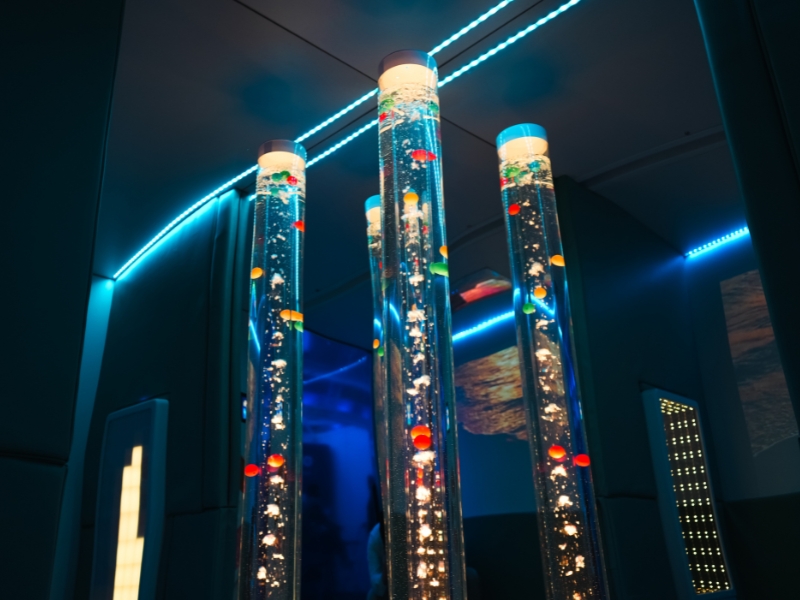We use cookies to make your experience better. Learn more
Unlock Cognitive Development with Sensory Spaces
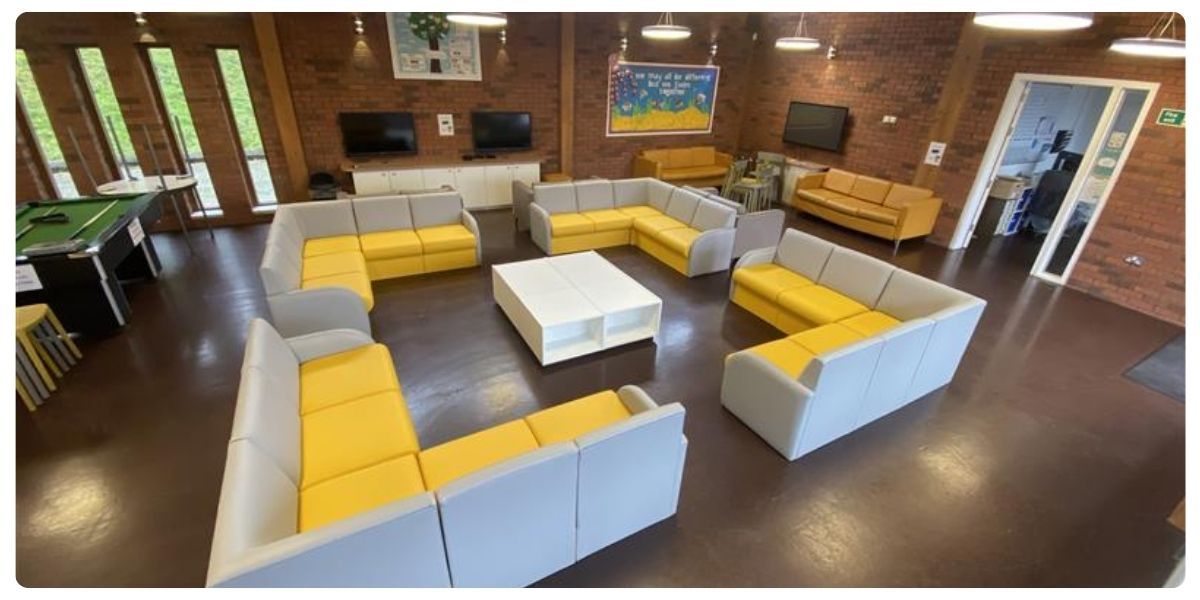
Did you know that a well-designed sensory room can play a vital role in supporting cognitive development, especially for students in early education and those with learning challenges? Sensory environments provide rich, multi-sensory stimulation, which can aid in the development of focus, communication, motor skills, and more.
At Creative Activity, we’re passionate about helping schools, therapy centres, and other learning environments create spaces that not only engage but also nurture growth. Here’s how sensory rooms make a meaningful difference in cognitive development:
The Importance of Sensory Input in Learning
Cognitive development is deeply tied to how we experience and process the world around us. For young children and students with learning challenges, sensory input—whether through sight, sound, touch, or movement—can be a gateway to enhanced learning experiences. Sensory rooms offer a controlled, immersive environment where students can engage with their surroundings in ways that stimulate brain development.
Research has shown that children with learning disabilities, autism spectrum disorder (ASD), or sensory processing issues can benefit greatly from sensory input. These environments help improve:
Focus: Sensory rooms offer a calming space for students to reset and refocus. By interacting with soothing elements like bubble tubes, soft lighting, or tactile walls, children can reduce anxiety and prepare to re-engage with classroom tasks.
Communication: Sensory experiences can spark both verbal and non-verbal communication. Interactive tools like sound panels or projectors encourage engagement, helping students express themselves and interact with peers or educators.
Motor Skills: Whether through manipulating fiber optics, pressing buttons on interactive activity panels, or using other sensory tools, children can work on fine and gross motor skills in a fun and engaging way.
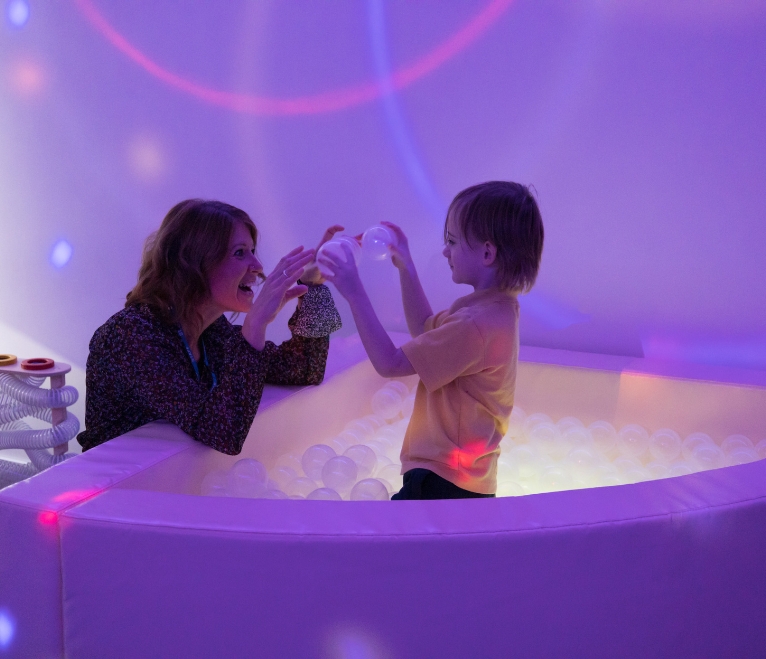

How Sensory Rooms Facilitate Cognitive Growth
Stimulating the Senses to Develop the Mind
Sensory rooms provide a variety of stimuli, from fiber optic lights to tactile walls, encouraging children to explore, play, and learn. These experiences are key for cognitive development, especially for children with sensory processing disorders, offering a safe environment to control stimuli and enhance their understanding of the world.
Encouraging Problem Solving
Sensory rooms promote exploration and problem-solving. Interactive tools like light displays and panels help children grasp cause-and-effect relationships, building critical thinking skills through hands-on learning.
Building Focus and Concentration
Sensory rooms offer sensory breaks that help students, particularly those with ADHD, to re-centre and return to tasks with improved focus. The calming atmosphere supports self-regulation and concentration.
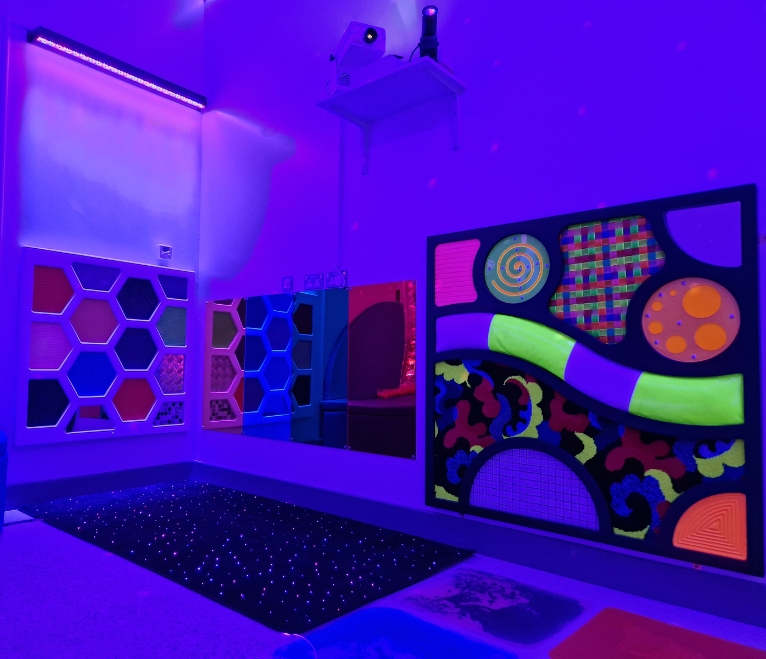

If you're ready to take the next step toward creating a space that promotes cognitive development, Creative Activity is here to help. Our bespoke sensory rooms are designed to support the unique needs of your students, whether they require calming environments or stimulating sensory input.
Speak to our team today
Interested in learning more about our Sensory Solutions? Contact our team today.
